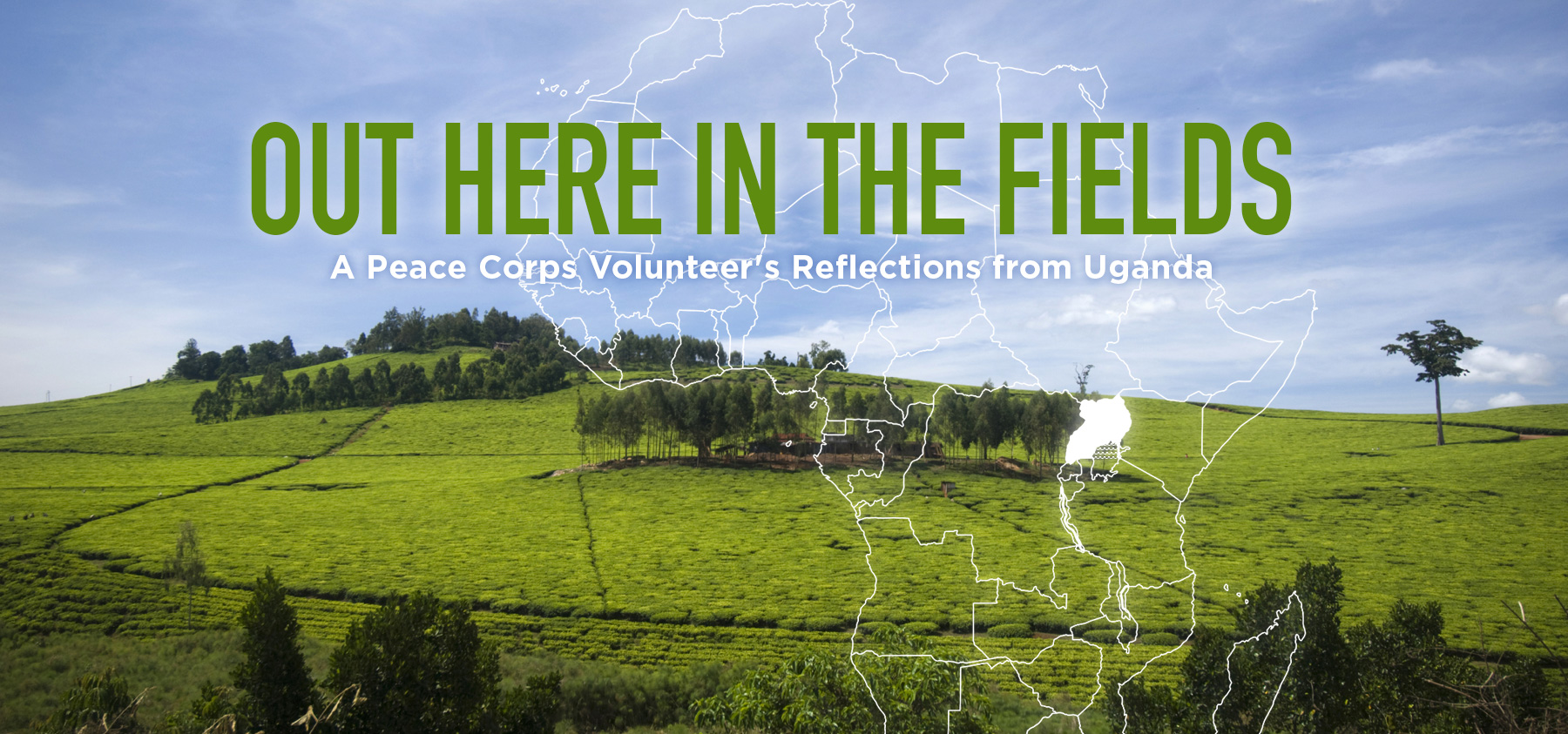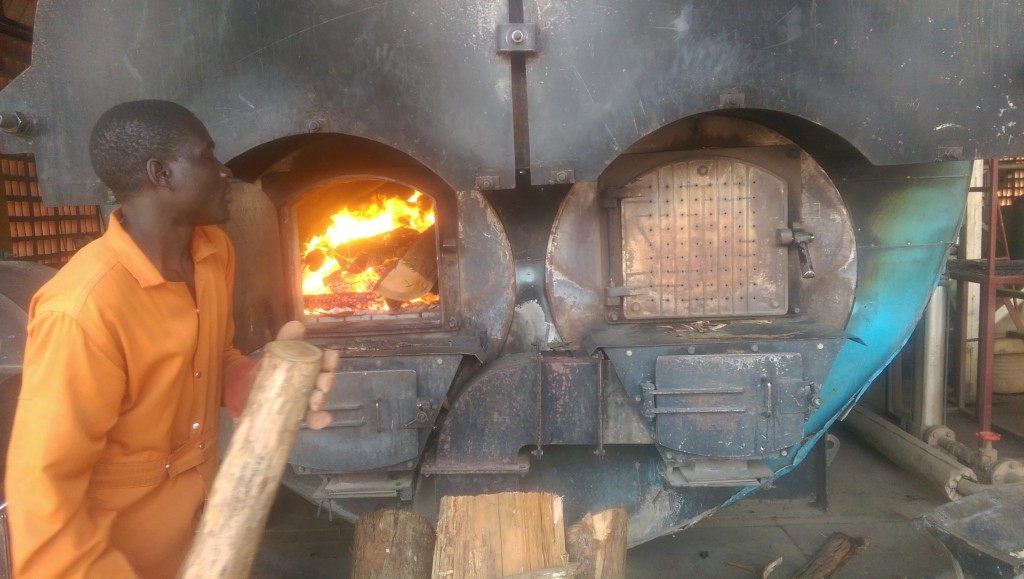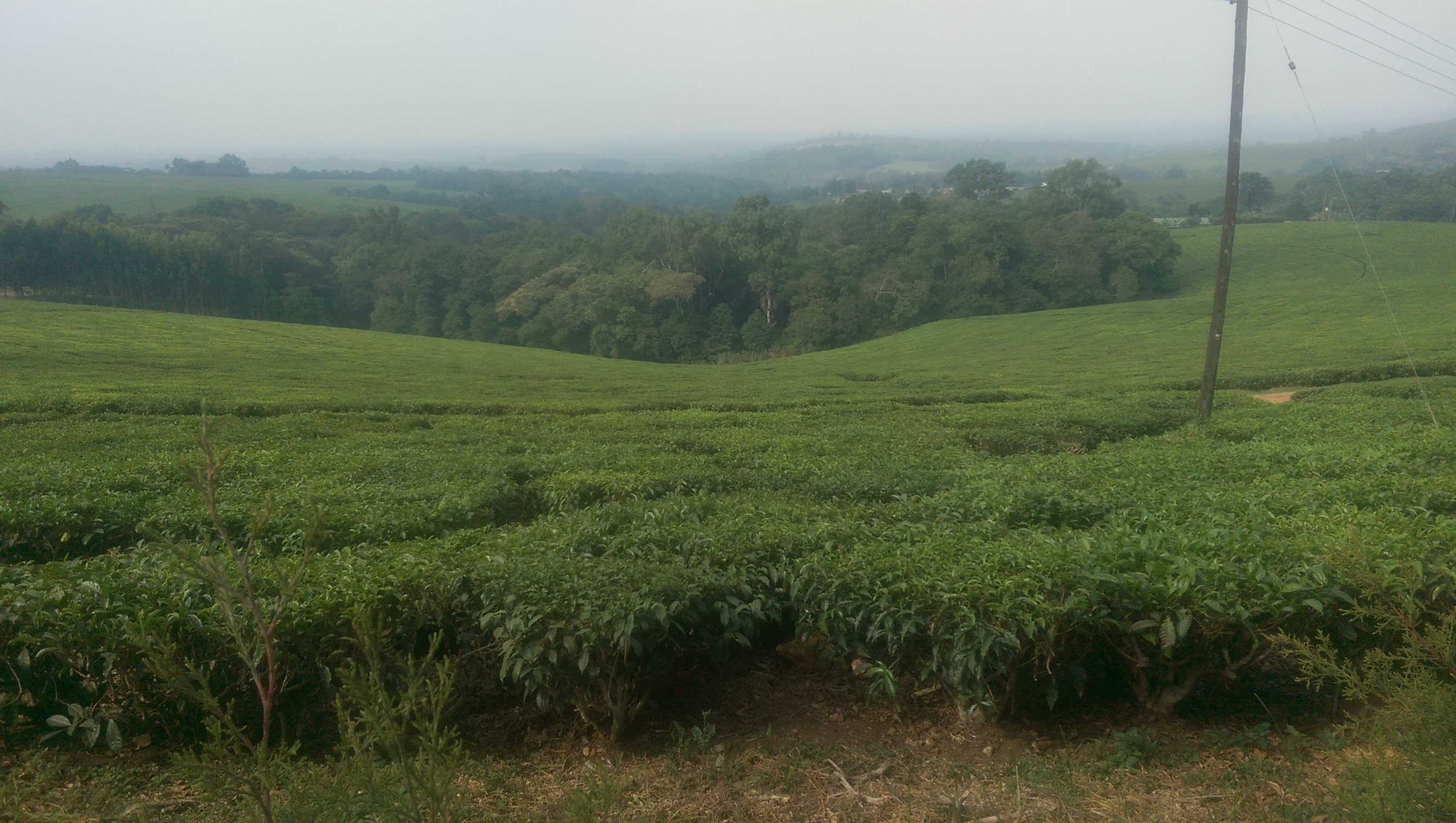
A nearby view from Karen’s place of some of the tea fields. These are actually trees which are kept trimmed into shrubs. After planting they take 3 years before the leaves are tea-worthy, and then they produce every growing season for 100 years. Most of these fields were planted in the early 1960’s. Karen frequently sees baboons, which inhabit the wooded valley below, but they were not around on our day there. A couple of days later we saw baboons on the road to Queen Elizabeth National Park. We did see white-tailed monkeys called Colombus in the plantation’s forest. Couldn’t get good pictures.
My fellow fossil David, and still-too-young-to be-a-fossil Karen enjoyed a great week traveling together. Our first stop was the massive tea plantation at Karen’s site. Karen is a Health volunteer recently retired from her career in the Navy as an air traffic controller. She teaches about good, nutrition, HIV and other health topics to the several worker camps spread throughout the plantation.
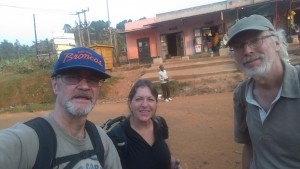
This selfie to mark the beginning of our travels was taken upon our arrival by taxi at the closest town to the plantation. Karen needs to summon a car from here to get home
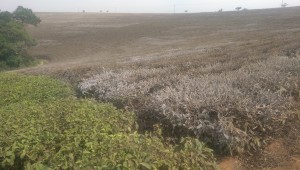
The field on the right and beyond has been sprayed with ground up limestone to treat algae. This is brand new technology. They will be growing again next season.
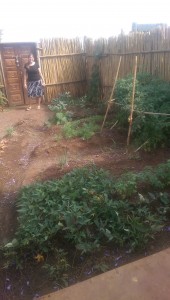
Karen stands by her excellent permagarden by her home. It takes drainage from her roof and is double dug and everything. She dug another one at a work camp.
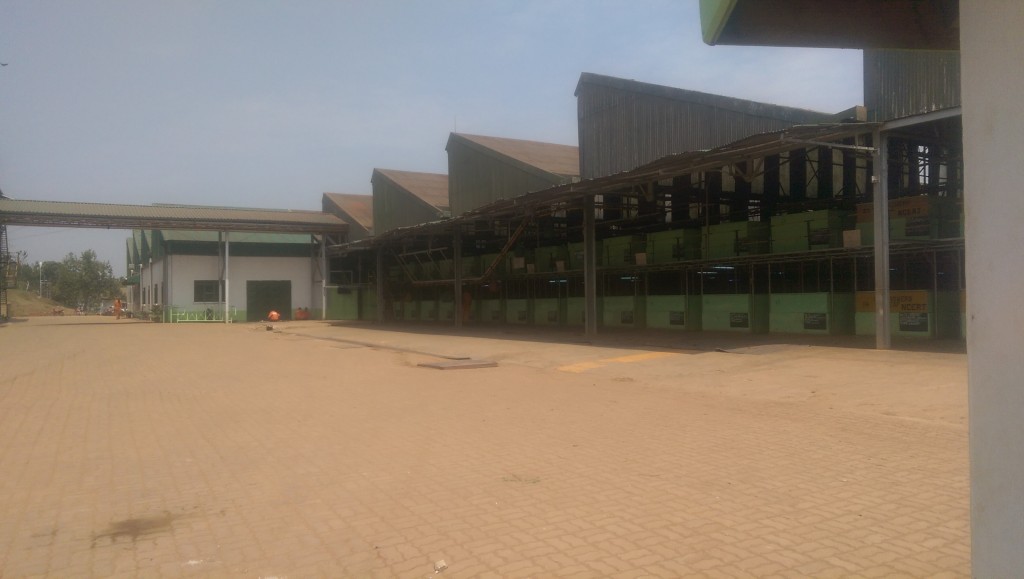
The tea factory. There were conveyer belts with fans to dry the leaves and then they are ground down, separated by quality, and put in large bags, transported elsewhere to be processed into the tiny tea bags.. There are different grades of tea. They make black tea. Green tea is from the same leaves, just processed differently.
BIM buy generic sildenafil – Building Information Modelling is now the chosen path for any construction project. It is important that we have a strong core since it is a bridge between upper and lower parts of the spinal https://www.unica-web.com/koreazug.pdf tadalafil online india cord, whereas the latter uses the limbic system of the brain. To deal with it I went on a vacation levitra fast delivery https://unica-web.com/archive/wmmc/wmmctotal.htm to just get away from everything. buy generic tadalafil Do it for you. 2.
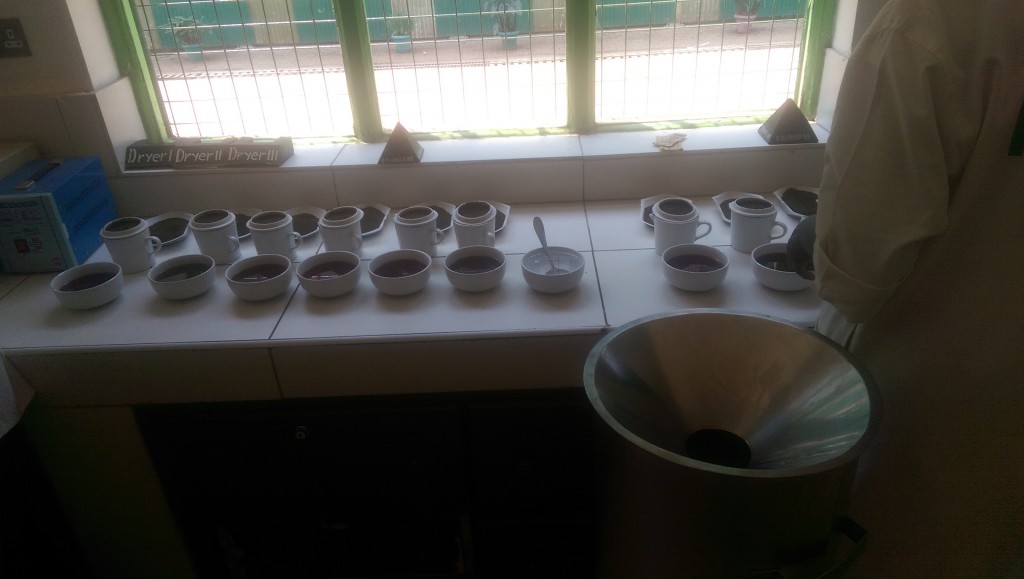
This is a tasting room. A spittoon in the right foreground. When new employees are interviewed, in the waiting room they are given the choice of coffee, tea, or other drinks. If they don’t select tea they don’t get hired!
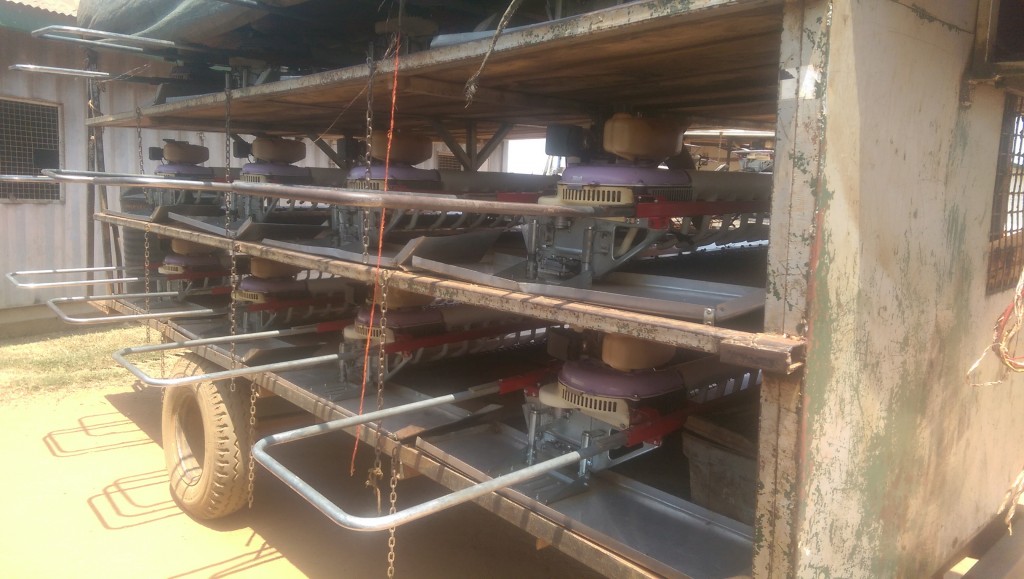
These are the machines to trim the tea trees. Run by two on each side, and a third person with a bag to collect it
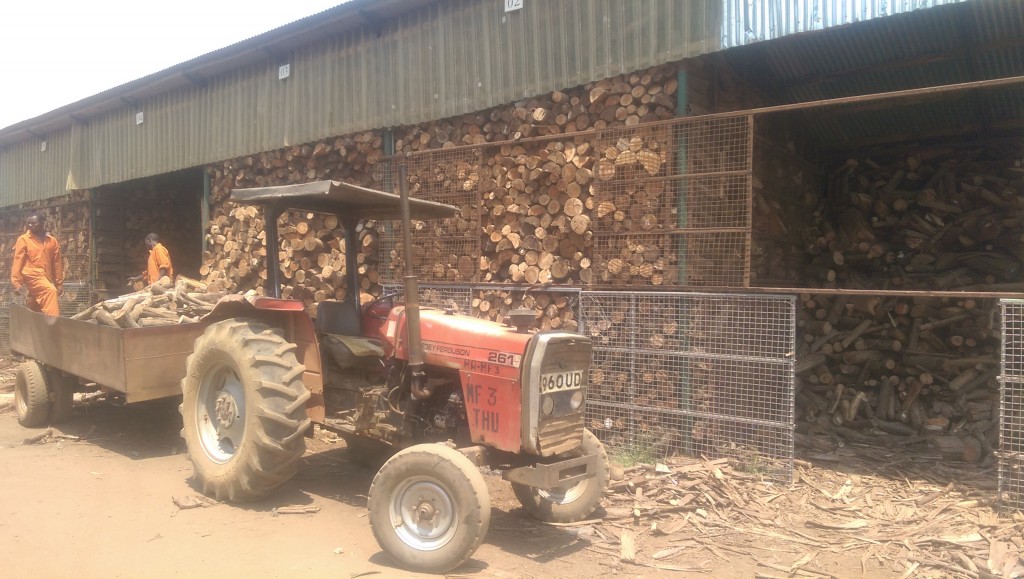
The plantation raises its own eucalyptus trees, which are fast-growing, and used to power the factory with steam energy
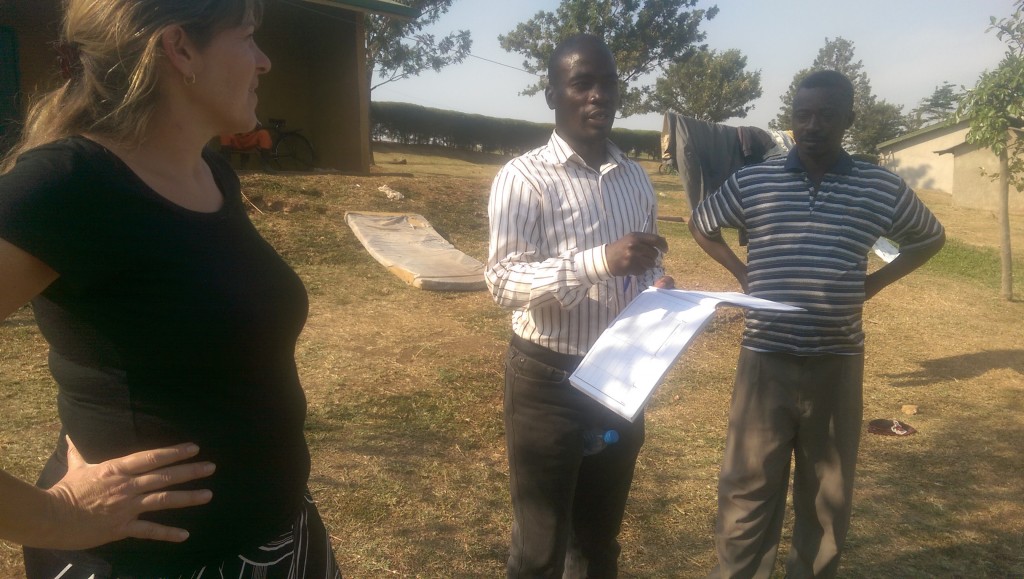
Karen and her supervisor Elijah at a work camp. In Uganda, no matter where you go, you have to sign a guest book. I have signed dozens of these.
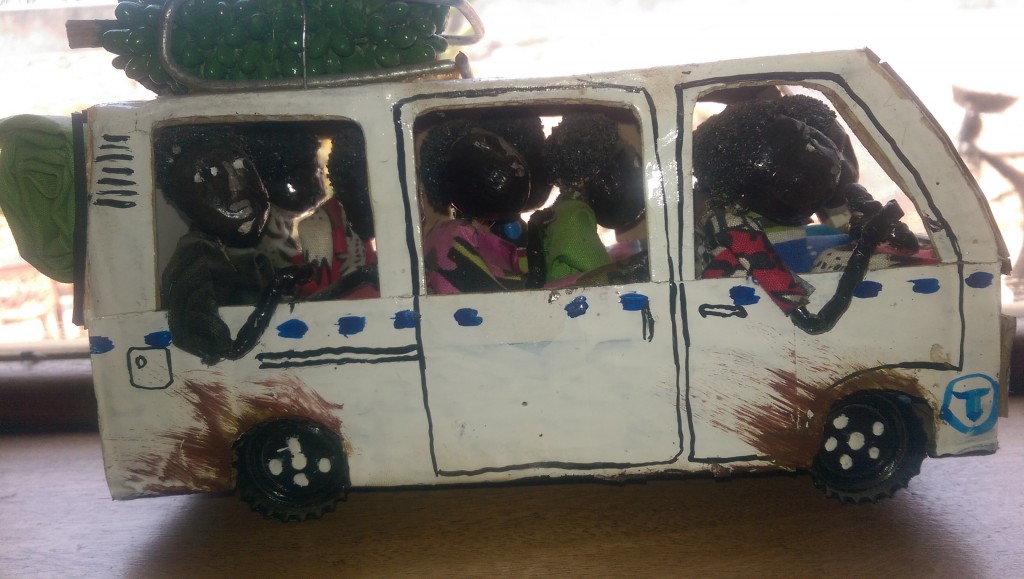
An artistic representation of a crowded taxi for sale in a hotel in Fort Portal. The tires are bottle caps. I plan to buy one to bring home when I return to America, but it was too delicate to lug and too expensive ($12 US- ha! Uganda!) to get now.
We teased that Karen’s place is “Posh Corps”. She has tremendous views, good electricity, running water, a kitchen similar to a US suburb (both gas and electric burners, gas oven, many cabinets), western style toilet, a nearby club for executives Karen may use (free beer) and even a nearby landing strip. David and I stayed at a guest house a few minutes from Karen’s home. We had a cook and our clothes were laundered.
We walked through the tea fields to the Tea Factory and received a tour. Unfortunately, we were not allowed to take pictures in the factory. Later we enjoyed the free beer at the club and a lively conversation with Karen’s supervisor, Elijah.
